
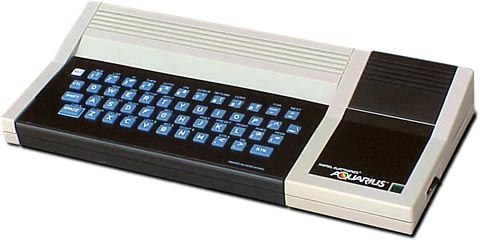
|


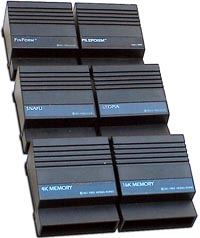 Mattel released most of their software on cartridges, small modules that plug into the back-right of the Aquarius console.
Mattel released most of their software on cartridges, small modules that plug into the back-right of the Aquarius console.
 , but for a reason. When plugged into the Aquarius,
they blend into the console, becoming totally unnoticeable. The system seen below has the 4K RAM expansion cart installed.
, but for a reason. When plugged into the Aquarius,
they blend into the console, becoming totally unnoticeable. The system seen below has the 4K RAM expansion cart installed.
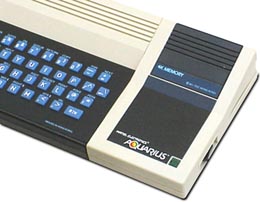
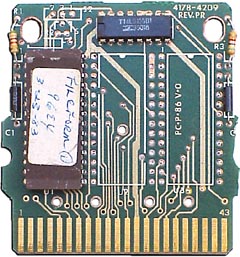 There's actually not much inside the typical Aquarius cartridge,
usually one to three IC chips with the game or application already burned-in for instant access.
There's actually not much inside the typical Aquarius cartridge,
usually one to three IC chips with the game or application already burned-in for instant access.
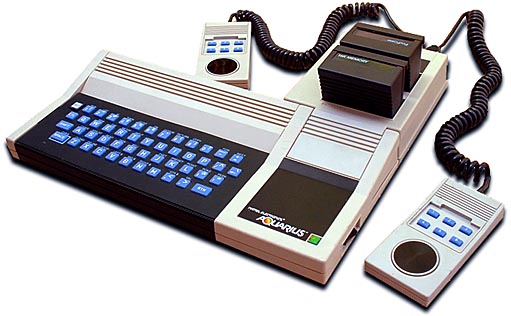
|
Lets you enjoy outstanding Aquarius video games from up to eight feet away. The Mini Expander features two detachable hand controllers,
each with a l6-position control disc and 6 action buttons. Plus an audio enhancer that gives Aquarius three full sound channels to make game play even more exciting.
The Mini Expander simply plugs into the cartridge port of the Aquarius unit. The Mini Expander itself has two ports to let the user plug in a 4K or 16K RAM cartridge and a software cartridge at the same time. Allows even more capability for home management and learning applications. |
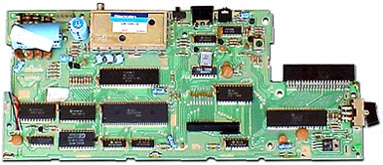 The Mini Expander is a nice addition, but the 'hand controllers' have to be about the cheapest controllers I have ever seen!
The Mini Expander is a nice addition, but the 'hand controllers' have to be about the cheapest controllers I have ever seen!
|